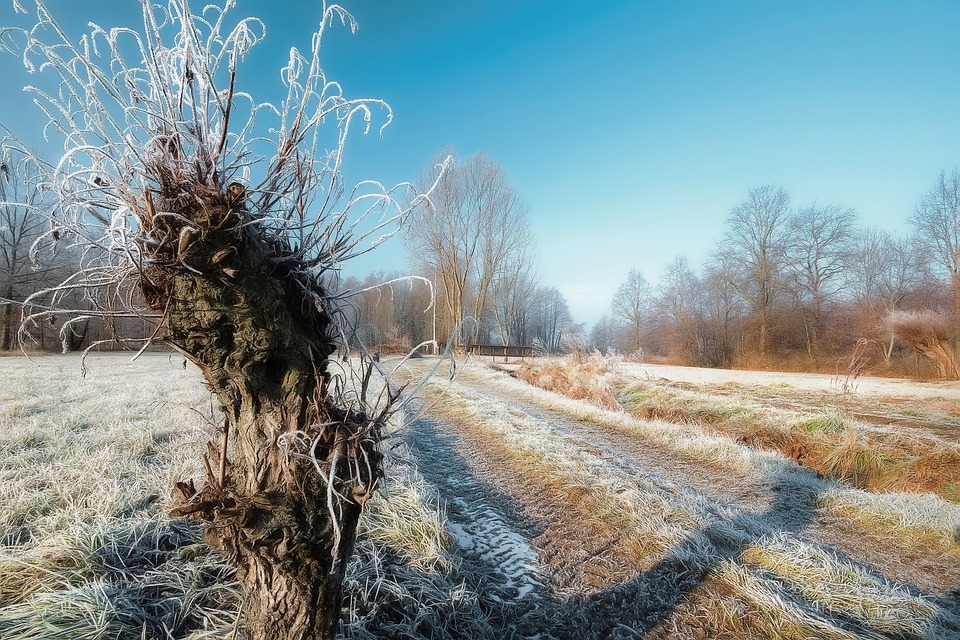How Has Climate Change Affected the Prairie Grasslands of Texas?
Texas’ prairie grasslands are a crucial ecosystem, providing habitat for diverse species, supporting agriculture, and maintaining ecological balance. However, climate change is significantly impacting these grasslands through rising temperatures, altered precipitation patterns, and increased vulnerability to invasive species.
1. Rising Temperatures and Drought Conditions
#
A. Increased Temperatures
The average temperatures in Texas have risen, affecting plant growth and soil moisture levels. Warmer conditions can stress native grasses, making them more susceptible to diseases and pests. This temperature increase disrupts the natural resilience of these ecosystems, leading to reduced productivity in grasslands that are vital for both wildlife and agricultural activities[1][4].
#
B. Prolonged and More Frequent Droughts
Climate change has resulted in longer and more severe droughts in Texas, leading to dry soils and diminished water availability. These drought conditions significantly reduce the productivity of prairie grasslands, adversely affecting grazing animals and agricultural practices reliant on these ecosystems[1][3]. The drying out of prairies can lead to early dormancy in plants, further compounding the challenges faced by this ecosystem[1].
2. Changes in Precipitation Patterns
#
A. Less Predictable Rainfall
The patterns of rainfall are becoming increasingly erratic, with more instances of intense downpours rather than steady rainfall. This shift can cause flash flooding, leading to soil erosion and damage to plant roots, which further weakens the health of grassland ecosystems[3][4].
#
B. Impact on Native Plant Species
Native grasses such as big bluestem and switchgrass depend on specific moisture levels for survival. Altered precipitation patterns make it easier for invasive species to thrive at the expense of these native plants, as invasive species often exhibit greater drought tolerance[2][4].
3. Increased Vulnerability to Invasive Species
Climate change has facilitated the spread of invasive species like mesquite and juniper within Texas’ prairie grasslands. These invasive plants often consume more water than native grasses and contribute to soil degradation, further diminishing the ability of the land to support native prairie species[1][3].
4. Impact on Wildlife and Biodiversity
#
A. Loss of Habitat for Native Species
The changing climate is shrinking habitats essential for numerous species, including grassland birds and prairie insects that rely on specific grassland environments for food and shelter. The reduction in plant diversity threatens these species as their food sources become scarce[3][5].
#
B. Disruption of Ecosystem Balance
Changes in plant composition due to climate change disrupt the food chain within prairie ecosystems. Herbivores such as bison and deer face challenges due to diminished food sources, which also impacts predators relying on these herbivores for sustenance[4][5]. Additionally, pollinators suffer from a decline in native flowering plants that are sensitive to climate variations.
5. Soil Health and Carbon Sequestration Challenges
#
A. Soil Degradation
With less plant cover due to droughts and invasive species encroachment, Texas grasslands are experiencing increased soil erosion and nutrient loss. Healthy prairies play a critical role in carbon sequestration; however, degraded prairies lose this ability, exacerbating climate change impacts[1][4].
#
B. Carbon Release from Dried-Out Soil
Warmer temperatures combined with drier conditions lead to the release of stored carbon from soils, creating a feedback loop that intensifies climate change effects[1][3]. This not only contributes to global warming but also diminishes the land’s capacity to act as a carbon sink.
FAQs
– How does drought affect Texas grasslands?
Drought reduces soil moisture availability, impacting plant growth and productivity, which affects grazing animals and agricultural use.
– Why are native grass species important for Texas prairie ecosystems?
Native grasses provide essential habitat for wildlife, support soil health, and play a critical role in carbon sequestration.
– What role do Texas prairies play in carbon sequestration?
Healthy prairies sequester carbon dioxide from the atmosphere; however, degraded prairies lose this capacity.
– Are invasive species a major threat to Texas grasslands?
Yes, invasive species outcompete native grasses for resources like water and nutrients, leading to ecosystem degradation.
– Can prairie restoration efforts help mitigate climate change effects?
Restoration efforts can enhance biodiversity, improve soil health, and increase carbon storage capabilities within these ecosystems.
Conclusion
The impacts of climate change on Texas prairie grasslands are profound, affecting temperature regimes, precipitation patterns, and overall ecosystem health. Conservation and restoration efforts are critical to preserving these vital ecosystems that support biodiversity while also playing a significant role in mitigating climate change through carbon sequestration. Addressing these challenges requires coordinated action at local and state levels to ensure the resilience of Texas’ prairie landscapes for future generations.

Kyle Whyte is a notable scholar and professor at the University of Michigan, holding positions such as the George Willis Pack Professor in the School for Environment and Sustainability and Professor of Philosophy. Specializing in environmental justice, his work critically examines climate policy and Indigenous peoples’ ethics, emphasizing the nexus between cooperative scientific endeavors and Indigenous justice. As an enrolled Citizen Potawatomi Nation member, he brings a vital perspective to his roles as a U.S. Science Envoy and member of the White House Environmental Justice Advisory Council. His influential research is supported by various prestigious organizations including the National Science Foundation, and disseminated through publications in high-impact journals. Kyle actively contributes to global Indigenous research methodologies and education, with affiliations to numerous institutes and societies dedicated to traditional knowledge and sustainability. Recognized for his academic and community engagement, Kyle has earned multiple awards and served in various visiting professorships. His efforts extend to leadership positions on boards and committees focused on environmental justice nationwide.
